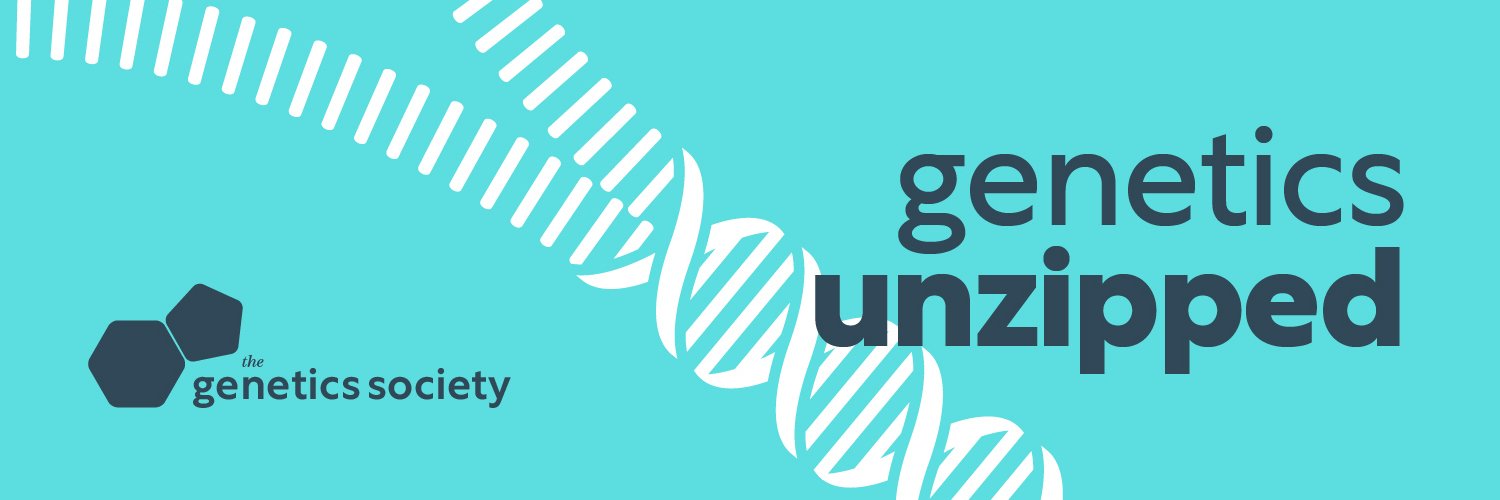David Goldstein from Columbia University Medical Center explains how to turn the complex information within the human genome into insights that can lead to better medicines for patients.
Hello CRISPR
We look at the history and controversies around the discovery of CRISPR.
CRISPR in the clinic
We explore how CRISPR is being used to develop transformative gene therapies, and the ethical implications of genetically engineering humans.
Learning to edit: the early days of genome engineering
As soon as the structure of DNA and the genetic code were discovered, scientists started looking for ways to change it.
Helen Pilcher: Genetically modified wolves, fainting goats and golden gnus, how humans are shaping species
Helen Pilcher explains how humans have shaped the evolutionary trajectories of the species living alongside us on the planet.
Bill Ritchie: The man who made Dolly the Sheep
Bill Ritchie is the embryologist who carried out the cloning procedure that led to the creation of Dolly the Sheep.
Alex Ball: CSI Banteng - using genetics in conservation
Alex Ball, from the Royal Zoological Society of Scotland’s Wild Genes programme explains how genetics can be used to help conservation.
Searching for genetic superheroes
The search for genetic superheroes started with a simple question with a complicated answer: not why do we get sick, but why do we stay well?
Ringo the Superdog: how rare genetic variations can lead to new treatments
How a super-powered pup is paving the way for new treatments for muscular dystrophy.
Elinor Karlsson: From wolves to dogs and back again
Elinor Karlsson and her team are investigating what gives different breeds their distinctive traits and looking at how dog genes have changed with domestication.
Jessica Hekman: Is there a ‘good dog’ gene?
How do genes influence dog brains and behaviour? And is there a gene for being a Very Good Dog?
Jeff Schoenebeck: Building a boopable snoot
Genetics have a big part to play in building a boopable snoot, from long-nosed greyhounds to flat-faced pugs.
The life of JBS Haldane
The extraordinary life of JBS Haldane - one of the most interesting characters of 20th century genetics.
Patchwork of mutation - Raheleh Rahbari
Raheleh Rahbari from the Wellcome Sanger Institute explains why our bodies are patchworks of mutation, right from the very start of life, and the impact this has on ageing and diseases like cancer and dementia.
If I could turn back time - Andrew Steele
Andrew Steele, author of Ageless talks about the science of ageing and why your toothbrush might be more useful for preventing ageing than that fancy moisturiser.
What is mRNA? Solving a molecular mystery
RNA - ribonucleic acid - is far less famous than its deoxy relative, although it’s chemically very similar. We look at the story of the discovery of messenger RNA (mRNA) and how pioneering researchers in the 1960s proved its existence.
How do mRNA vaccines work?
If you can make an mRNA and you can get it into a cell, then the ribosomes in that cell will make whatever protein that mRNA encodes. And it’s here that we move from the 1960s right up to today, and to the story of mRNA vaccines.
The Story of PCR
It’s hard to overstate the transformation that PCR brought to the world of molecular biology and biomedical research. Suddenly, researchers could amplify and study DNA in a way that had been simply impossible before, kickstarting the genetic revolution that’s still going strong today. But where did this revolutionary technology come from?
The Story of HeLa and Henrietta Lacks
Growing cells in the lab isn’t as easy as you might think. We explore the story of how Henrietta Lacks’s immortal cells (known today as HeLa cells) became the go-to human cell line for biomedical research, and the impact they’ve had as a result.
Fusion genes and cancer cures: The story of the Philadelphia Chromosome
We tell the story of the ‘Philadelphia chromosome’ (a key cause of chronic myeloid leukaemia), how it was discovered and how it’s discovery influenced the search for a cure.




















